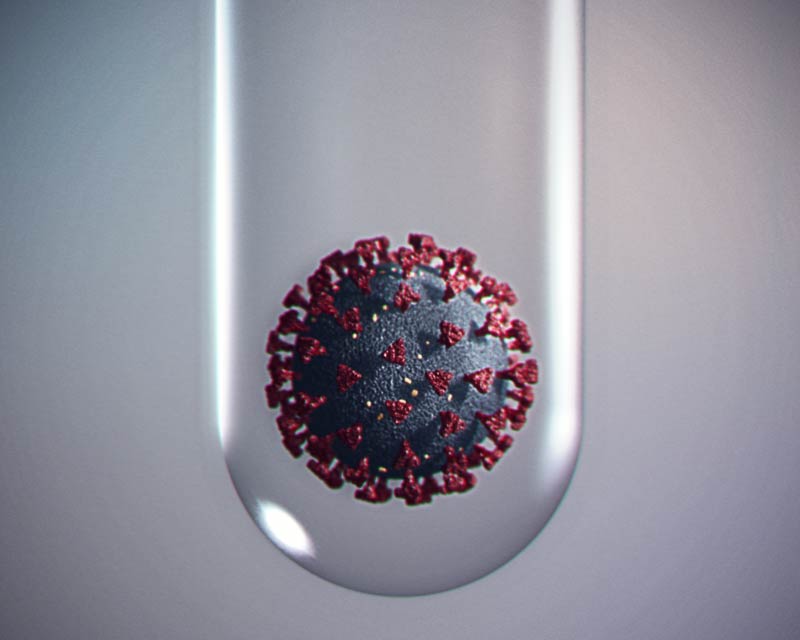
Safer Patient Transport

Interventional Cardiologist, Scott Lilly, MD, PhD
In June 2019, physicians at The Ohio State University performed the nation’s first valve-in-valve transcatheter aortic valve implantation (TAVI) using an investigational valve and a transfemoral approach.
The Ohio State team performed the procedure after seeking and receiving approval for
“compassionate use” (expanded access) of the device from the Food and Drug Administration (FDA). The device was then implanted into patient Jack Menashe, a 75-year-old with a failed surgical prosthesis whose only other option was palliative care.
Sixteen years after undergoing surgical valve replacement, Menashe’s bioprosthetic valve degenerated and then failed. The valve’s leaflets wouldn’t close, and the blood leaking back into Menashe’s heart was causing severe shortness of breath and other symptoms.
Even though Menashe divides his time between Colorado, Montana and San Jose del Cabo, he turned to Ohio State for help. As sick as he was, Menashe traveled from out-of-state on the advice of a family member who was familiar with Ohio State’s reputation for groundbreaking cardiovascular care.
In April 2019, interventional cardiologist Scott Lilly, MD, PhD, and a colleague from Cardiac Surgery tried unsuccessfully to place a commercially available valve inside the failed surgical valve.
“Jack was a prohibitive surgical risk patient, so our only option was to use a transcatheter aortic valve off the shelf,” says Dr. Lilly, who is medical director of Ohio State’s Structural Heart Disease Program. “We tried to replace the valve three times, but it wouldn’t latch. Instead of anchoring itself to the existing prosthesis, it kept migrating into his aorta. We removed this valve and re-evaluated the case.”
Knowing Menashe was otherwise out of options, the Ohio State team was determined to find a solution. They were aware of an investigational, next-generation TAVI system developed by JC Medical, a privately held medical device company.
“Their J-Valve transcatheter aortic valve was developed specifically for patients like Jack who have aortic regurgitation,” says Dr. Lilly. “Even though their device is intended to be placed in a native valve, we thought it was potentially the only strategy within reach that could help him. But we had to clear some hurdles — the device is not FDA-approved.” After getting permission to use the device from JC Medical, Dr. Lilly and his colleagues applied to the FDA for compassionate use.
“We hustled to pull the application together and were thrilled to receive FDA approval within about 30 days,” he says. “Instead of transitioning Jack to palliative care, we brought him back to the cath lab.”
On June 20, the interventional cardiology team performed a monumental series of firsts: they successfully implanted the J-Valve through the leg and into the failed prosthesis.
“Because of the J-Valve’s unique design, it grabbed the failed valve’s leaflets and anchored itself there,” says Dr. Lilly. “We were elated. Everything had fallen into place, and we were able to give Jack his life back. And as physicians, that’s exactly why we do what we do.”
Dr. Lilly adds that Menashe is “doing fantastic.” Just two weeks after his lifesaving procedure, the lifelong sport fisherman — who had spent months confined to a chair — caught an exotic, 14-pound roosterfish on the Sea of Cortez.
Read more featured stories about The Ohio State University Heart and Vascular Center.

Safer Patient Transport

New treatment for atrial fibrillation

First US Medical Center in Clinical Trial